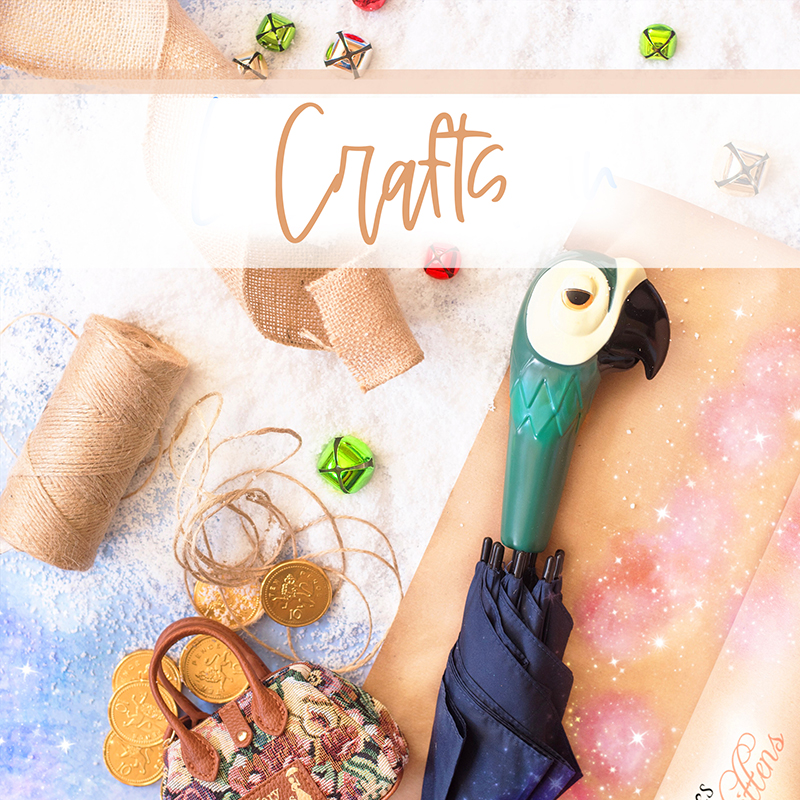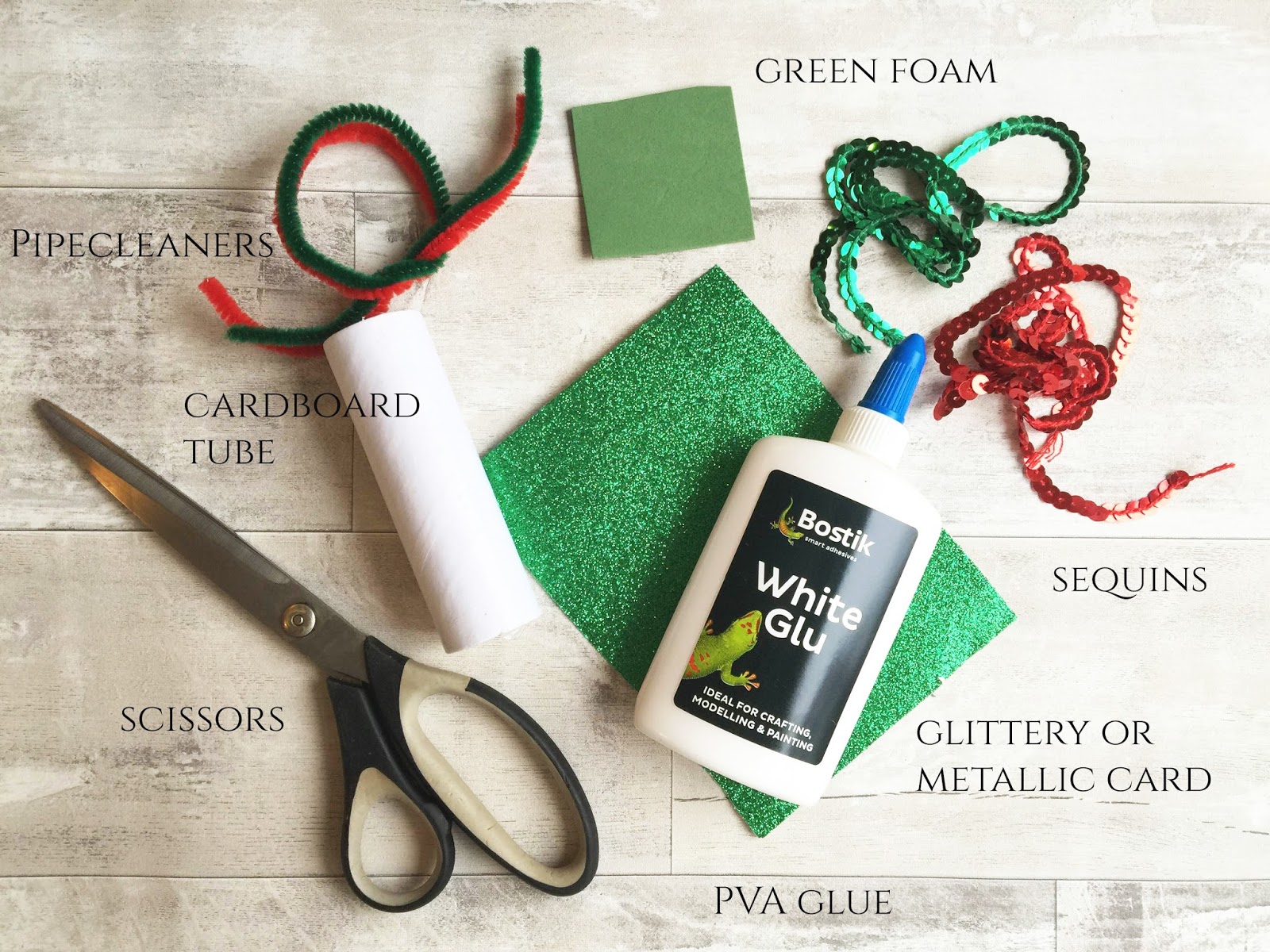16 Craft Supplies You Should Always Have on Hand for Your Child’s Projects
As every parent knows, most young children have a knack for arts and crafts. However, parents should stop seeing these activities solely as a way to keep their children busy. Instead, they should recognize the benefits that arts and crafts can provide for their child’s development. Giving children free access to arts and crafts supplies may not only stimulate their creativity, but it can also be critical to ensuring improved cognition, focus, social skills, and higher levels of academic achievement.
Notably, a US-based study endorsed by Stanford University and the Carnegie Foundation For the Advancement of Teaching found that children who engaged in arts and crafts for at least three hours on three days each week through at least one full year were four times more likely to be recognized for academic achievement. They were also three times more likely to be elected to class office, perhaps signifying benefits to their emotional and social intelligence.
It’s no wonder that every parent in a top-rated preschool in Singapore wants their kids to have extensive arts programs. With all the benefits of having children engage in arts and crafts, it makes sense to keep a good stash of craft supplies in your home, especially if you have small children. In this article, we’ll look at some of the most important craft supplies that your home should never be without.

1) Markers
Washable colored markers are a must-have for drawing, coloring, and writing. Avoid purchasing permanent markers for your kids as they’re bound to eventually use them on things they shouldn’t be drawing or scribbling on.
2) Colored Paper
This is an arts and crafts staple that you should never run out of. Make sure you always have a stack of colored paper for drawing, origami, and other paper crafts.
3) Safety Scissors
Safety scissors with blunt tips will help kids safely cut crafting paper into different shapes. Avoid handing sharp scissors to your children until they are at least of primary school age. In any case, avoid giving preschool kids free access to scissors that are not specially designed for small children.
4) Non-Toxic Glue
There’s a wide range of non-toxic glues available on the market that could be used for paper, fabrics such as tassels, cardboard, wood, and other porous materials. While traditional liquid glues are fine, they can leave quite a mess. If you have younger children, easier-to-use glue sticks might be a better choice.
5) Modeling Clay
Providing your child with molding clay and similar child-safe sculpting materials can be a great way to help them think and play in all three dimensions. These can leave quite a mess with fabrics, so be sure to supervise your child closely and set boundaries for their use.
6) Water-Based Paints
Non-toxic paints in a wider variety of colors should form a core part of your child’s arts and crafts stash. They can be used for coloring in drawings, finger-painting, and much more. However, they can be messy, so it’s important to keep these out of the reach of younger children until it’s time for an arts and crafts session.
7) Crayons
Crayons are the quintessential kids’ arts and crafts materials. Children can have hours and hours of fun using these with coloring books or filling in the colors of their own drawings. They can leave quite a mess, though, so make sure to read up on how to safely remove crayon stains from different surfaces.
8) Popsicle sticks
Older kids with more developed fine motor skills might enjoy making things out of popsicle sticks and glue. Younger kids may also color them or use them for a variety of simple popsicle stick crafts.
9) Cheap Rug or Mat
Younger children lack fully developed motor skills, which is one of the reasons you want them to do arts and crafts. They will make messes, and that’s OK. But while messes are inevitable, you can easily minimize the damage they cause. A cheap rug or mat that you can easily roll up and don’t mind getting spills and stains on can be a huge boon to your home’s cleanliness and your sanity. Roll this out on your child’s arts and crafts area to catch any spills and set boundaries for your child’s crafting activities.
10) Smocks
To keep your child’s clothes clean, you can have them wear a smock or apron when handling especially messy materials like paint and modeling clay. Putting a smock on them not only helps keep their clothes clean, but it might also put them in the zone and make doing crafts a little more fun for them.
11) Glitter
Many parents will advise you to avoid buying glitter because that stuff does get everywhere. However, you can’t deny that glitter has a way of sparking children’s imaginations. If you choose to get glitter for your kid’s art supply stash, it’s probably a good idea to also get a couple of lint rollers to remove any stray specks that make it to your clothes and upholstery.
12) Old Newspapers
If, by any chance, your household is one of the few left that still subscribes to a printed newspaper, it may be a good idea to give your child free access to old newsprint. Not only are these great for collages and drawings but they also provide children of reading age opportunities to learn new words and expand their vocabulary.
13) Trays
Cheap trays are a great way to minimize messes and keep arts and crafts materials organized. Trays also make it easy for your child to move small items like paint bottles and stickers around your home.
14) Stickers
Stickers are a fun and easy way for kids to personalize their belongings and show off their interests to their peers and family members. If you’re getting your children stickers, be sure to set boundaries about where they can put them, otherwise your home might get slathered with them.
15) Googly Eyes
Few arts and crafts supplies are as fun or easy to use as googly eyes. Your child can use them to add a fun finishing touch to their craft projects or to anthropomorphize objects around your home.
16) Pipe Cleaners
As the name implies, these flexible brushes were originally sold to clean pipes, particularly smoking pipes. In Singapore, however, you’re more likely to see them being sold in arts and crafts shops in a wide variety of lengths and colors. Kids of all ages can bend them into shape to make sculptures, contraptions, and whatever else their imagination can conjure up.
Let Your Child’s Imagination Run Free
Keeping a stash of inexpensive craft supplies in your home will not only help your child cultivate their imagination but may also help them develop into a well-rounded individual. While you might have to deal with some messes here and there, it’s a worthwhile trade for your child’s artistic, cognitive, emotional, and social development.






![Edible Leprechaun ‘Shamrock’ [cress] Pots](https://keep-up-with-the-jones-family.com/wp-content/uploads/2021/03/Easy-St-Patricks-Day-Crafts-scaled.jpg)